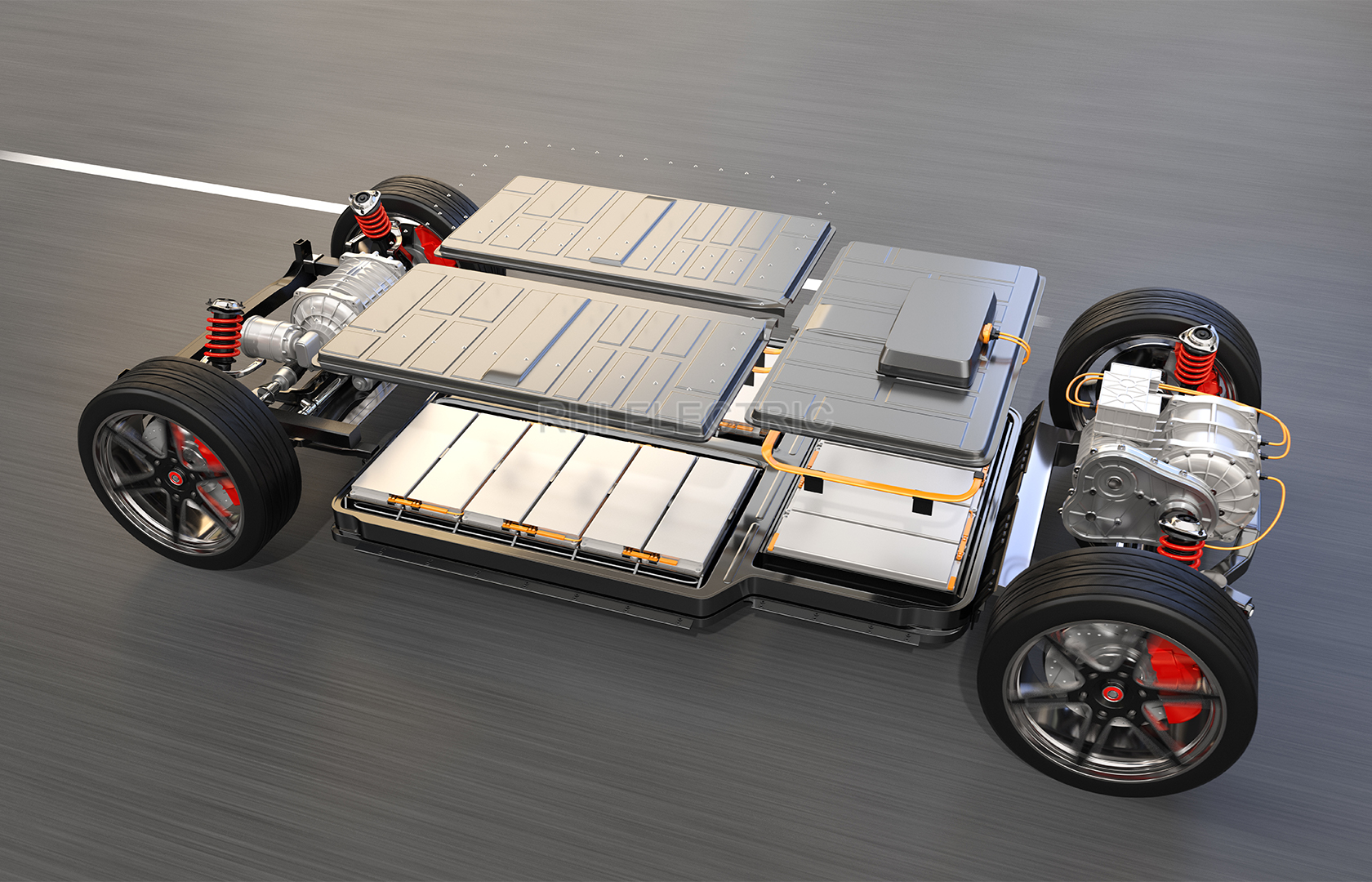


Electric Vehicle Powertrain Systems
Busbars play a crucial role in electric vehicles' three major systems—battery, motor, and electronic control:
- Battery System: In EV battery systems, busbars connect individual battery modules, transferring energy from the battery pack to the motor and control unit. Due to the high current in battery modules, copper and aluminium busbars are widely used for their low resistance and high conductivity, ensuring efficient current transfer and reduced energy loss.
- Motor System: In the motor drive system, busbars transmit high-power current, ensuring efficient motor operation. Copper busbars, with their low resistance, enhance system efficiency, while aluminium busbars contribute to effective thermal management.
- Electronic Control System: Busbars connect power electronics components such as inverters and controllers, ensuring continuous current transmission and system reliability. EV busbars provide adaptable current conduction solutions for different application scenarios.
- Space Optimization & Lightweighting: Aluminium busbars, being lighter and possessing sufficient mechanical strength, are ideal for lightweight vehicle designs. Through optimized design, busbars can effectively reduce system space occupation and improve the energy efficiency ratio of electric vehicles.
Advantages: The structural design of EV busbars effectively reduces electromagnetic interference (EMI), particularly under high-frequency operating conditions, ensuring stable operation of the electric vehicle system. Copper busbars are especially effective in shielding against electromagnetic noise. In the powertrain system, copper and aluminium busbars provide efficient and reliable current transmission, meeting the high-power and high-current demands, thereby ensuring the performance and safety of electric vehicles.

EV Charging Piles
Busbars in EV charging piles are primarily involved in power transmission and distribution:
- High-Power Transmission: Copper busbars, with their excellent conductivity, are suitable for high-power charging piles requiring large current transmission. Aluminium busbars offer advantages in scenarios where structural weight reduction is crucial.
- Simplified Structure: The use of busbars reduces the complexity of internal wiring in charging stations, optimizing internal structure design, making equipment more compact, and easier to install and maintain.
- Thermal Management: The thermal conductivity of copper and aluminium busbars aids in effective heat dissipation, ensuring the stability and safety of charging stations under high-load conditions.
Advantages: Electrical busbars enhance the overall efficiency and reliability of charging piles, supporting continuous operation under high load and ensuring safety during the charging process.




